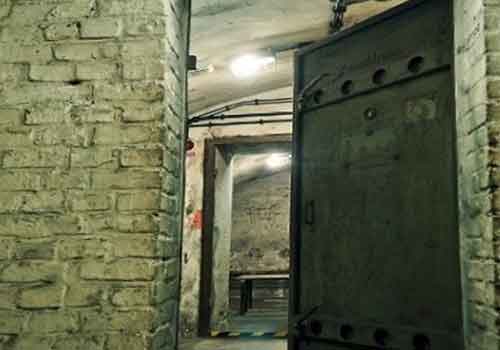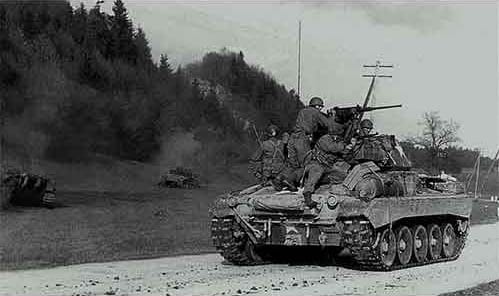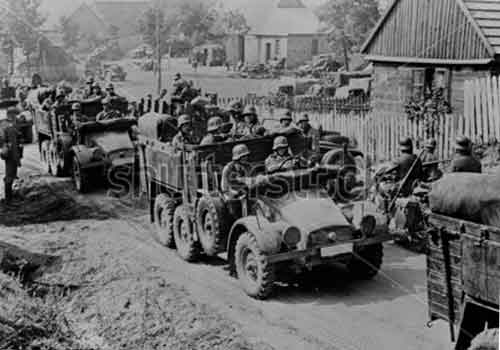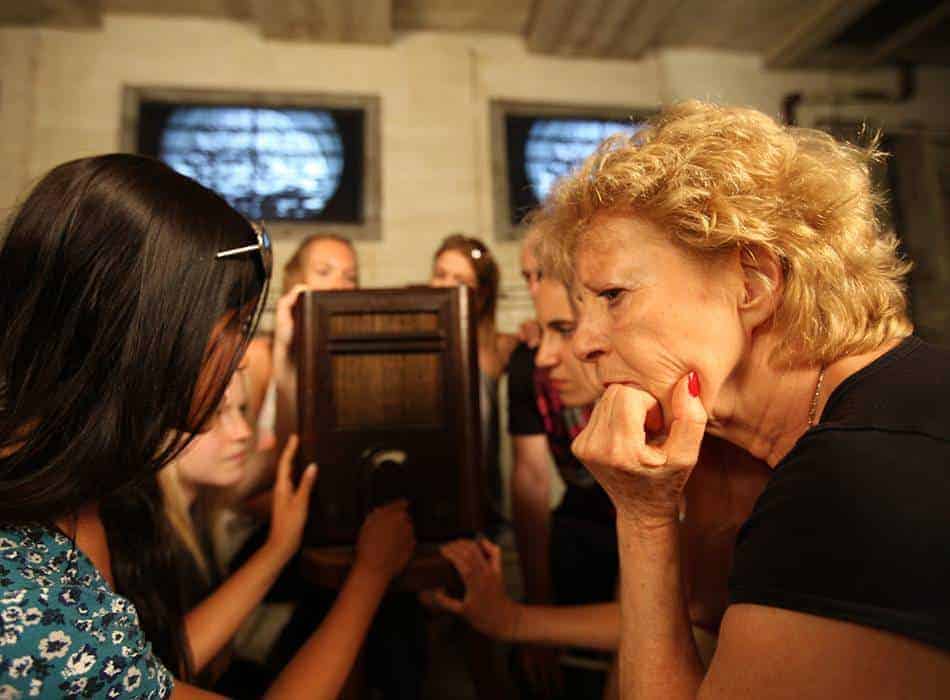This website uses cookies
We use cookies to personalize content and ads, to provide social media features, and to analyze traffic on our website. In addition, we use tracking tools such as Matomo and/or Google Analytics to collect anonymous usage data. You can block tracking on our Privacy Policy page. We also share information about your use of our website with our social media, advertising, and analytics partners. Our partners may combine this information with other data that you have provided or that has been collected as part of your use of the Services. For more information on how Google processes your data, please visit the Google Business Data Responsibility page.
Data Protection
This website uses cookies to offer you the best possible user experience. Cookie information is stored in your browser and enables functions such as recognizing you when you return, and helps our team understand which sections of the website you find most interesting and useful.
Strictly Necessary Cookies
Strictly necessary cookies should always be enabled to save your cookie settings.
Marketing & Statistics
This website employs tracking tools such as Matomo and/or Google Analytics to collect anonymous data, for example, regarding the number of visitors and the most popular pages. Enabling these cookies helps us to continuously improve the website.
Google Tag Manager
This is a tag management system. Using the Google Tag Manager, tags can be centrally integrated via a user interface. Tags are small pieces of code that track activities. Script codes from other tools are integrated via the Google Tag Manager. The Tag Manager allows controlling when a specific tag is triggered.
- +43 1 585 04 55
- office@amazing-sisi.at
- Daily from 9:30 to 19:00
War Years
What was the war really like? What triggered the First World War? What happened to the Habsburg monarchy after the end of the war? What happened to Austria during the Second World War?
First World War
Experience an air raid at Time Travel Vienna towards the end of World War II in the original air raid shelter. How did it feel to be in a bunker to survive the air raids? How many people could find refuge there? How much of Vienna was bombed? When was the end of the Second World War and who announced it? What happened to Austria during the post-war period?
The Years 1914 - 1918
World War Ibegan in the summer of 1914 and lasted until November 1918. The trigger was, among other things, the assassination of the Austrian heir to the throne Francis Ferdinandin Sarajevo which took place onJune 28, 1914. It was also the result of many years of tension between the major European powers. The Central Powers(German Empire and Austria-Hungary) faced the Triple Entente (France, England, Russia). The First World Warended with the defeat of the Central Powers and costed about 17 Million human lives.
Long before June 1914, preparations for a war in Europe were in full swing. By 1914 Europe was divided into two blocks: the Axis Powers (Central Powers) with Austria-Hungary, Germany, Turkey, Bulgaria and Italy on one side and the “Entente” with Britain, Russia, France, Portugal and many other states on the other side. Austria formed the Triple Alliance with Italy and Germany. Later, Italy moved to the Entente, as they promised them the country of South Tyrol.
The assassination of the heir to the throne and the declarations of war
The incidents after the assassination of Austrian heir to the throne Francis Ferdinandand his wife Sophie have gone down in history as the “July Crisis“.Austria-Hungary issued an ultimatum to the Serbian Government, which was unacceptable to Serbia. Russia unequivocally sided with Serbia.
On July 28, 1914, Austria-Hungary declared waron Serbia. As a result, both Austria-Hungary and Russiawere at war. On August 1, the German Reich declared war on Russia, three days lateron France. German troops attacked France from the northeast, violating the neutrality of Belgium. This in turn led to the war entry of the Belgian guarantee power of Great Britain.
The First World War was thought to be only a brief military retaliatory strike against Serbia, but events rolled over In April 1915, poison gas was deployed for the first time, when the German Reich used more than 160 tons of chlorine gas against French soldiers.
1915 followed the declaration of war from Italyto Austria-Hungary. The Isonzo battleslasted until 1917. The battle of Verdun meant a 10-month battle around the fortress Verdun, which killed some 700,000 people. The Battle of the Somme was not less lossy. In 1917 unrestricted submarine warfare prevailed and the US declared war on the Germans.
The October Revolution of 1917 in Russia was a turning Point in the war and initiated a ceasefire between the Central Powers and Russia.


In January 1918, US President Wilson presented his 14-point program, which was initially rejected by the German Reich. On 11.11.1918 finally the truce was signed.
The First World Warended with the abolition of the Habsburg Monarchy. In Austria, the first republicwas proclaimed on November 12, 1918.
Second World War (1938 - 1945)
When Austria did not exist (1938 - 1945)
In March 1938 the annexation of Austria took place to Hitler Germany and the so-called Third Reich. During the next seven years, Austria had politically disappeared from the map until 1945, when the country was liberated by the Allies.
At the Vienna Heroes’ Square,Hitler announced on March 15, 1938, the entry of his homeland into the German Reich. TheAnschluss of Austria was completed. He had this confirmed by a referendum on April 10, 1938 by an overwhelming majority of 99.75%. This election was not intended as a secret vote, but as a public rally and thus voluntary submission to the new regime.
For Jews, Roma and Sinti, as well as opponents of National Socialism, the Anschluss meant persecution and death. The biggest war crime was the Holocaust, the Nazi-Socialist genocide that killed 6 million Jews in concentration camps.
The trigger for World War II was Hitler’s attack on Poland on 1 September 1939 in violation of international law. France and Great Britain subsequently declared war on Germany on 3 September 1939. Initially, the German Wehrmacht was successful against France, but received in 1940 in the Air Battle of Britain their first defeat.
After the Japanese invasion of Pearl Harbor on December 7, 1941, the United States entered the war and it widened into a Pacific War. The nuclear bombing of the Japanese cities of Hiroshima and Nagasaki in August 1945 was part of a warfare that knew no bounds.
The attack on the Soviet Union in 1941 ended, due to the size of the country and the early onset of winter, in a disaster for Germany. The turning point can be seen in February 1943, when the German Wehrmacht failed at Stalingradand was almost completely destroyed.


When the battle came to an end

The Second World War was one of the largest and most lossy conflicts in human history. He costet about 55 million human lives.
FromApril 1944 to March 1945 about 115 alarms were given on the radio, which people could hear about the former radio,called “Volksempfänger”(literally translated “people’s receiver”). Initiated by a cuckoo call as aninvitation toseek protection in bunkers. The people fled to cellars labeled LSK (air-raid shelters). The first heavy air attack on Vienna took place on 10 September 1944. The largest damage occurred from March to April 1945, when a total of about 25% of the city was destroyed.
On June 6, 1944, the Allies landed on the French Normandy coast (D-Day). Hitler was thus encircled from all sides and committedsuicide on 30 April 1945in the Fuehrer.
On May 8, 1945, the unconditional surrender of the Nazi leadership took place. The Second World War ended with acomplete defeat of the Axis powers(Germany, Italy, Japan) and the victory of the Allies( USA, France, Soviet Union, Great Britain).
1945 - 1955
Opening hours
Daily from 10:00 – 20:00
Tour starts every 20 – 30 minutes
We ask you 15 minutes before
Tour start to arrive
Duration: about 30 minutes
Last admission: at 7:30 p.m.
Directions Parking
Habsburgergasse 3/8
1010 Vienna
When digging
Payment options

A partner company of the
Vienna City Card

© Copyright 2025 Amazing Sisi. | Imprint | Privacy Policy
